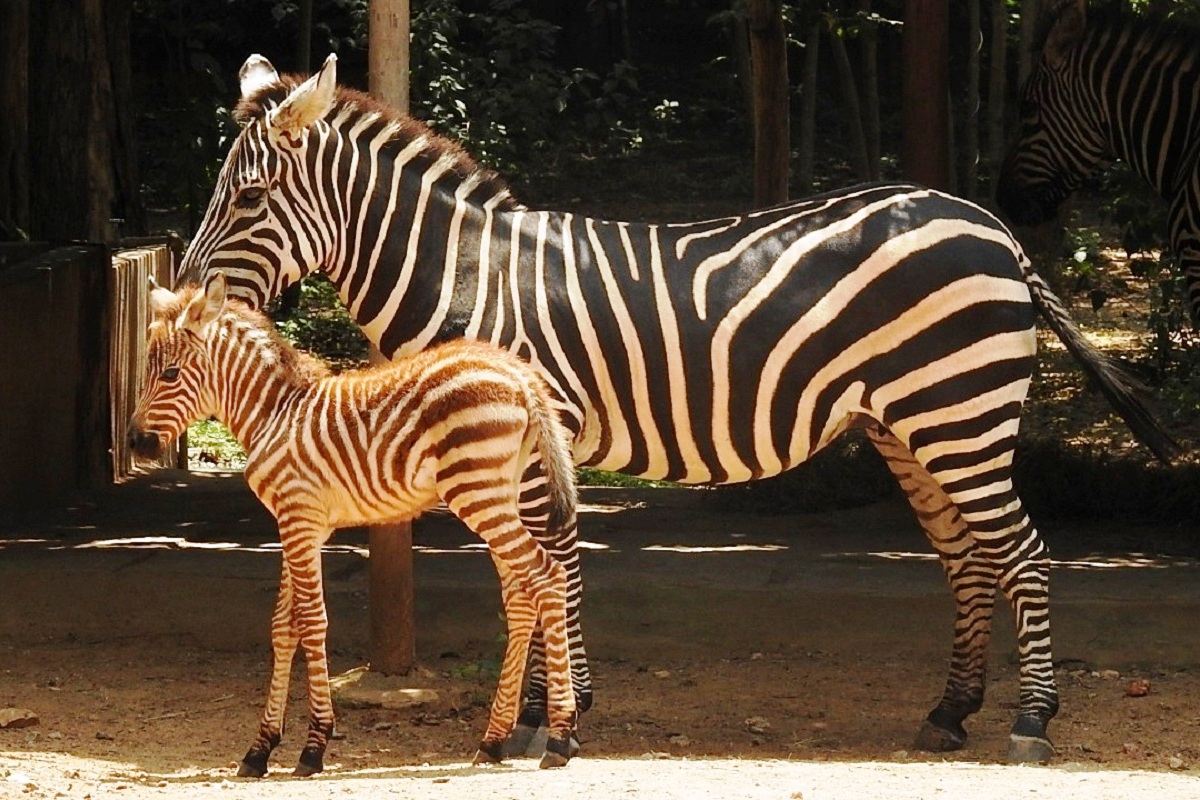

The opposing selection on red bill color between the sexes indicates that the positive genetic correlation between male and female red bill color may constrain the evolutionary rate of red bill sexual dichromatism. I report here that adult female zebra finches (Taeniopygia guttata) can recognise the song of their own father after a period of early exposure followed by. Tarsus length was the only male trait to show significant selection for decrease in size. All male plumage color traits (breast band, cheek patch, flank patch) showed nonsignificant selection for increase in size due to both the time to the first nest and for reproductive rate but showed selection for decrease in size due to survival. Male zebra are called stallions, females are called mares and their offspring are called foals. There were no significant correlations between male or female bill color and offspring weight or postfledging survival. Zebra stripes are unique to each individual. In contrast, for female red bill color, there was significant negative selection, which was due to differences in most stages of reproductive and survival selection but not to differences in the time to the first nest. In this video, I will show you about,Zebra Danios Male Female IdentificationWhen a zebra danio is young, sexing it is quite difficult. For male red bill color, both the selection differential and selection gradient coefficients were significantly positive with fitness (the number of offspring surviving to independence), which was primarily due to differences in the time to the first nest and in reproductive rate but not to differences in survival.

Previous studies indicated that females prefer males with redder bills, whereas males prefer females with less red bills. We examined natural and sexual selection in a laboratory population of zebra finches (Taeniopygia guttata), with a principal focus on bill color.


 0 kommentar(er)
0 kommentar(er)
